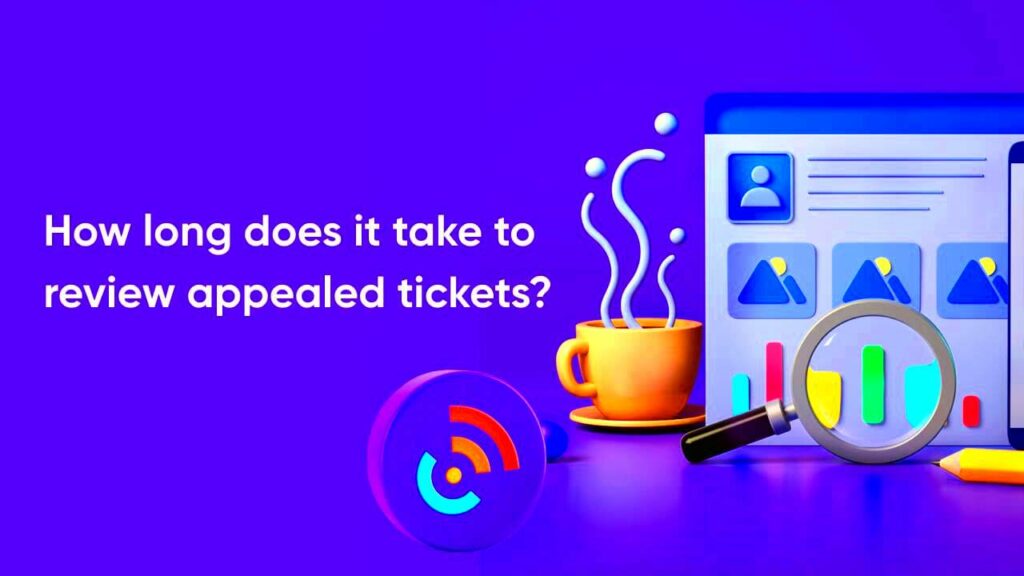Warning: Undefined array key 6 in /home/imgpanda.com/public_html/wp-content/themes/astra/template-parts/single/single-layout.php on line 176
Warning: Trying to access array offset on value of type null in /home/imgpanda.com/public_html/wp-content/themes/astra/template-parts/single/single-layout.php on line 179
When you upload photos to Shutterstock, each image goes through a review process before it’s accepted or rejected. This ensures that Shutterstock maintains a high quality of content for its customers. The reviewers, who are trained professionals, assess your photos based on technical standards, legal requirements, and content relevance.
The review process is critical because Shutterstock wants to provide its customers with high-quality images. They also need to make sure that all legal requirements, such as intellectual property and model release rules, are followed. It's not just about aesthetics but also about making sure your image can be legally used by buyers.
As a contributor, understanding this process helps set your expectations when uploading new content. It also provides insights into how you can improve your chances of acceptance.
How Long It Usually Takes for Photos to Be Reviewed

The review time on Shutterstock can vary, but it typically takes anywhere between 24 to 72 hours. In most cases, photos are reviewed within 1 to 2 days, but this depends on the workload of the reviewing team. During peak times, such as holidays or promotional events, the wait might be longer.
Contributors often find the waiting time manageable, but patience is key. It’s also important to keep an eye on the status of your submission, which you can easily do through your contributor dashboard. Shutterstock does not provide an exact time frame for when an image will be reviewed, but in most cases, it happens fairly quickly.
Typical Review Time:
- Normal period: 24-48 hours
- Peak times: Up to 72 hours or more
Also Read This: Understanding the Ownership of YouTube as a Company
Factors That Can Impact the Review Time
Several factors can influence how long it takes for your photos to be reviewed. Here are the most common ones:
- Submission Volume: If many contributors are submitting images at the same time, such as during a holiday or event, the review team may take longer to process all submissions.
- Content Type: Some categories of images, like editorial or sensitive content, may require additional scrutiny, which can extend the review time.
- Technical Quality: If your image has potential technical issues, such as noise or lighting problems, the reviewers might take more time evaluating it.
- Shutterstock’s Workload: Occasionally, Shutterstock’s team may have a heavier workload, which could delay reviews. This usually happens during major sales events or platform updates.
- Contributor's History: Established contributors with a history of quality submissions may experience faster review times compared to new contributors.
By understanding these factors, you can better plan your submissions and manage your expectations for the review process.
Also Read This: Understanding Adult Content on YouTube
What Happens After Your Photo is Reviewed
Once your photo is reviewed by Shutterstock, it can either be accepted or rejected. If accepted, your photo becomes part of Shutterstock’s vast library and is available for sale to customers. At this point, you'll receive a notification confirming that your image is live on the platform.
If your photo is accepted, it’s automatically tagged and categorized based on the keywords and descriptions you provided. These keywords play an important role in how customers find your images, so it’s crucial to be accurate and relevant when adding them. Afterward, the earning potential of your image begins as users start downloading it for various projects.
If your photo is rejected, Shutterstock will notify you with the reason. Don’t be discouraged—rejections are a part of the process, and they offer a learning opportunity for improving your submissions.
Accepted Photos:
- Added to Shutterstock's marketplace
- Tagged with keywords for better searchability
- Available for sale to customers globally
Rejected Photos:
- Explanation provided for rejection
- Opportunity to review feedback and resubmit
Also Read This: Instantly Downloading Free Stock Photos from 123RF: Tips
What to Expect If Your Photo Is Rejected
Receiving a rejection notice can be disappointing, but it’s a common experience for contributors. Shutterstock will always provide a reason for the rejection, and this feedback can help you understand what went wrong. Common reasons for rejection include technical issues, such as noise or poor lighting, as well as legal concerns, like missing model releases or intellectual property violations.
Here’s a list of common reasons for photo rejection:
- Technical Issues: This includes problems like overexposure, poor lighting, blurriness, or digital noise.
- Composition Problems: Your image might lack proper framing or have distracting elements that affect its overall quality.
- Legal Issues: Missing model or property releases can lead to rejections, especially in cases involving recognizable faces or private locations.
- Copyright Concerns: If your image includes copyrighted material, such as logos or brand names, it may be rejected.
After a rejection, you can review the feedback and resubmit the photo after making the necessary adjustments. It’s essential to take this as a learning moment rather than a setback.
Also Read This: How to Get to Behance from Photoshop
How to Track the Status of Your Photo Submission
Once you’ve submitted your photo for review, you can easily track its status through Shutterstock's contributor dashboard. This is a useful feature, especially if you're submitting multiple images, as it allows you to see where each image is in the review process.
Here’s how you can check the status of your photo submissions:
- Log into your Contributor Account: From your account dashboard, you’ll see an overview of your submissions.
- Navigate to the 'Pending' Section: Photos that are awaiting review will be listed here. You’ll also see an estimated review time.
- Check the 'Reviewed' Section: Once your image has been reviewed, it will either move to the accepted or rejected section. If rejected, you can click to see the reason for rejection.
Tracking the status of your submission allows you to stay updated without having to guess when your image will be reviewed. This helps in planning future submissions more effectively.
Also Read This: How to Offer Free Digital Files in ShootProof
Tips for Reducing Review Time
While you can’t directly control how long Shutterstock takes to review your photos, there are a few strategies that can help speed up the process. These tips focus on improving the quality of your submissions and making the job easier for the review team. Better submissions can lead to faster reviews and fewer rejections.
Here are some practical tips to reduce your review time:
- Submit During Non-Peak Times: If possible, avoid submitting photos during high-volume periods, such as major holidays or global events. The review team may be busier during these times, which can lead to longer waiting periods.
- Upload High-Quality Images: Ensure your images meet Shutterstock's technical requirements. Avoid issues like blurriness, overexposure, or excessive noise, as these can lead to delays in the review process.
- Provide Complete and Accurate Metadata: Make sure your titles, descriptions, and keywords are relevant and correctly filled out. Properly categorized images are easier for the review team to process.
- Be Consistent with Model Releases: If your photo contains identifiable people, always include a model release. This can prevent delays caused by missing or incomplete documentation.
- Maintain a Good Track Record: Contributors with a history of quality uploads and minimal rejections often experience quicker review times. Build a reputation for submitting professional-quality images to potentially receive faster feedback.
Following these guidelines can help you avoid unnecessary delays and increase your chances of faster reviews and approvals.
Also Read This: How to Learn English at Home Using Dailymotion Educational Content
Frequently Asked Questions
Here are some common questions that contributors ask about the review process on Shutterstock:
How long does it usually take for my photos to be reviewed?
On average, it takes 24 to 72 hours for photos to be reviewed. However, during busy periods, it might take longer.
Can I resubmit a rejected photo?
Yes, you can resubmit a rejected photo after making the necessary improvements based on the feedback you receive from Shutterstock.
Why are my photos being rejected?
Photos are typically rejected due to technical issues (like poor lighting), legal concerns (such as missing model releases), or copyright infringements.
Is there a way to expedite the review process?
There’s no official way to speed up the review process, but submitting high-quality images with accurate metadata and model releases can help streamline your reviews.
What happens if my photo is accepted?
Once accepted, your photo will be listed on Shutterstock and available for customers to purchase or download. You’ll receive notifications and updates through your contributor account.
Conclusion: Key Takeaways on Shutterstock Review Time
The Shutterstock review process is an essential step to ensure the quality and legality of the images on the platform. While the typical review time is between 24 to 72 hours, there are several factors that can affect how quickly your photos are reviewed, such as the time of submission, content type, and Shutterstock’s current workload.
To reduce the chances of delays, focus on submitting high-quality images, providing accurate metadata, and ensuring all necessary releases are included. Even if a photo is rejected, it’s not the end of the road—use the feedback to improve your work and resubmit. By understanding the process and following best practices, you can navigate the review system smoothly and enhance your experience as a Shutterstock contributor.
